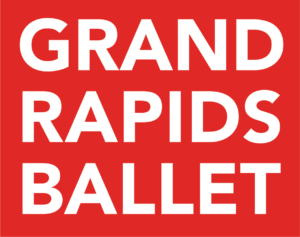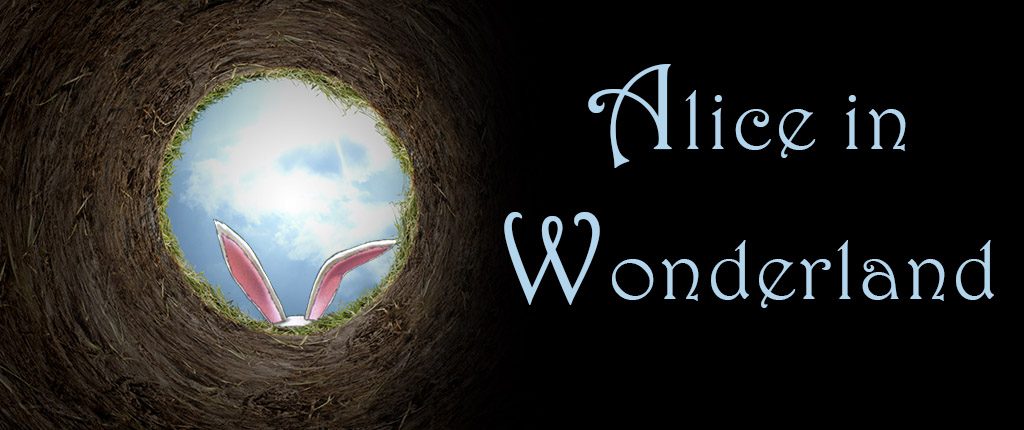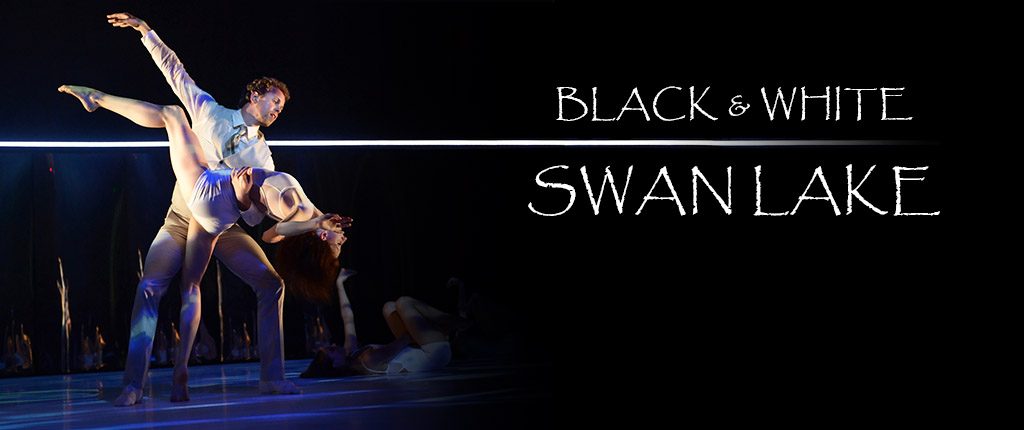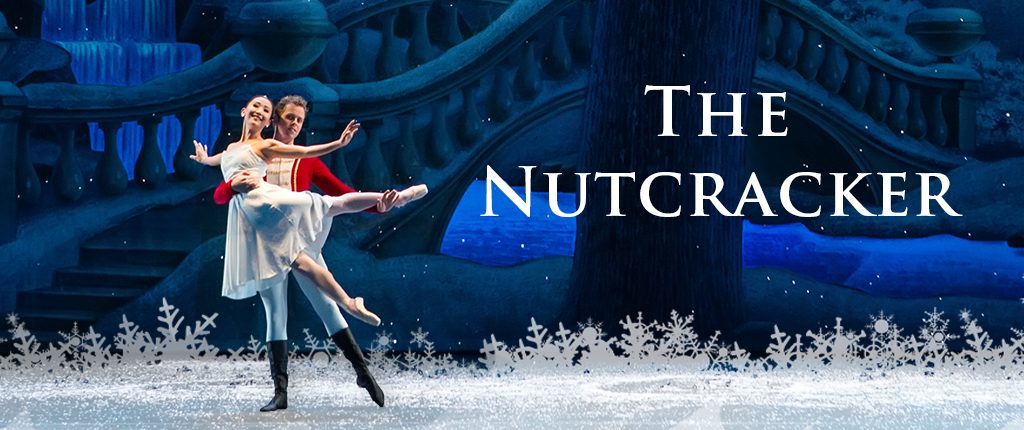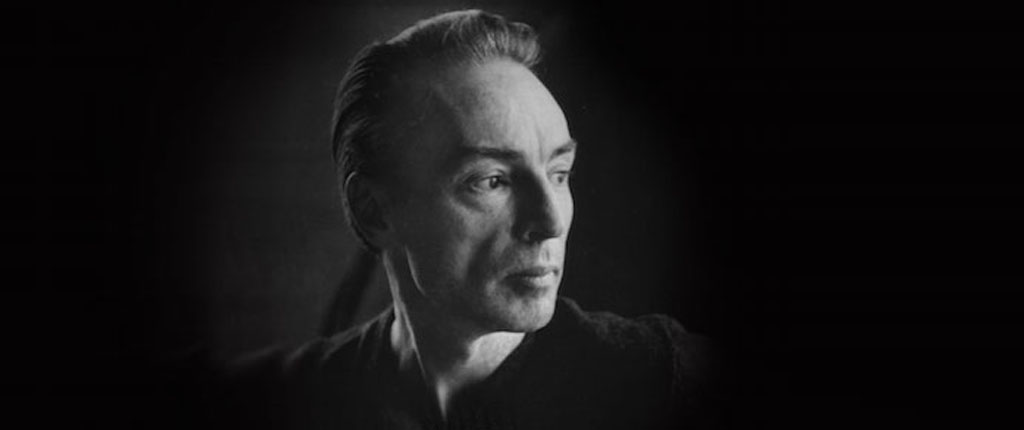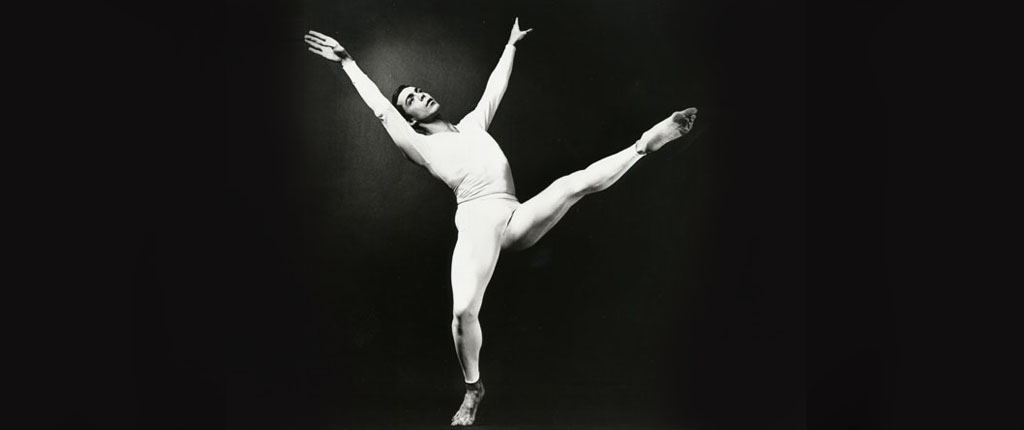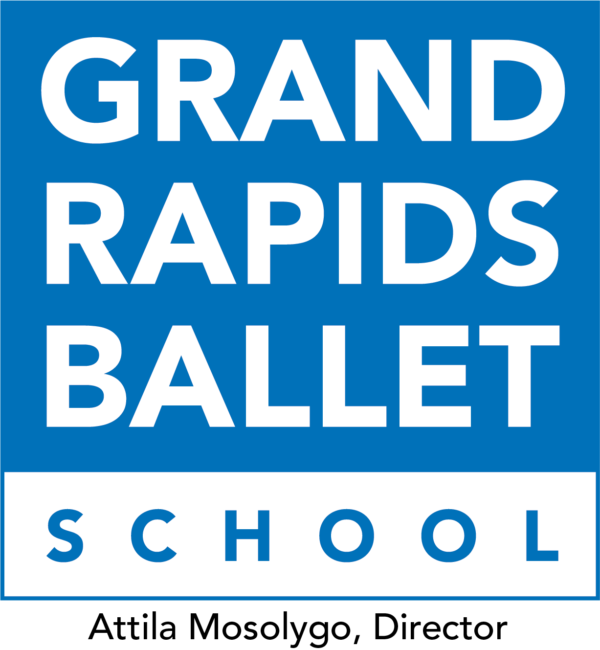MOVEMEDIA: Made in America features George Balanchine’s iconic Serenade, Gerald Arpino’s Light Rain, and Paul Taylor’s patriotic work Company B. This is a must-see program celebrating great American choreography.
Tickets
For more information, you can call the box office at (616) 454-4771 ext. 10
| Fri, Oct 7, 2016 7:30 PM | |
| Sat, Oct 8, 2016 7:30 PM | |
| Sun, Oct 9, 2016 2:00 PM |
Serenade
Choreographer: George Balanchine © The George Balanchine Trust
Music: Serenade for Strings in C, Op. 48
Composer: Peter Ilytch Tchaikovsky
World Premiere: June 10, 1935
GRB Performances: 2010
The first performance of Serenade was on June 10, 1934, by students of the School of American Ballet, at Felix Warburg’s estate, White Plains, New York.
Serenade is a milestone in the history of dance. It is the first original ballet Balanchine created in America and is one of the signature works of New York City Ballet’s repertory. The ballet is performed by 28 dancers in blue costumes in front of a blue background. Originating it as a lesson in stage technique, Balanchine worked unexpected rehearsal events into the choreography. When one student fell, he incorporated it. Another day, a student arrived late, and this too became part of the ballet.
After its initial presentation, Serenade was reworked several times. In its present form there are four movements — “Sonatina,” “Waltz,” “Russian Dance,” and “Elegy.” The last two movements reverse the order of Tschaikovsky’s score, ending the ballet on a note of sadness.
Balanchine had a special affinity for Tschaikovsky. “In everything that I did to Tschaikovsky’s music,” he told an interviewer, “I sensed his help. It wasn’t real conversation. But when I was working and saw that something was coming of it, I felt that it was Tschaikovsky who had helped me.”
Peter Ilyitch Tschaikovsky (1840-1893) studied at the Conservatory in St. Petersburg, where Balanchine later studied piano in addition to his studies in dance. Tschaikovsky is one of the most popular and influential of all romantic composers. His work is expressive, melodic, and grand in scale, with rich orchestrations. His output was prodigious and included chamber works, symphonies, concerti for various instruments, operas, and works for piano. His creations for the ballet, composed in close partnership with Marius Petipa, include Swan Lake, The Nutcracker and, The Sleeping Beauty.
– the George Balanchine Trust

